- Joined
- Jul 27, 2010
- Messages
- 154
- Points
- 18
Instead of flashlamp pumping a ruby rod laser, what about diode pumping? Does anyone know what pump frequency a 694.3 nm ruby rod likes best?

Follow along with the video below to see how to install our site as a web app on your home screen.
Note: This feature may not be available in some browsers.



"A CW-pumped ruby laser, which used a rod 2 mm in diameter and 50 mm in length, generated an output of 1.3 watts at an input of 2.9 kW. Only a small part of the crystal's cross-section was excited by the filament arc, and lasing action occurred only in the small volume of 6 x 10-3 cm3. Using this value, the lamp input power per unit volume of active material required to obtain threshold is approximately 230 kW/cm3. The main reason for the poor efficiency was the low absorption of useful pump light by the small lasing volume."
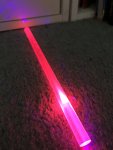
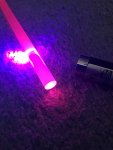
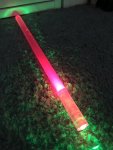
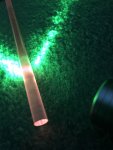
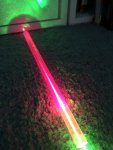
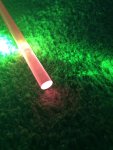
That would explain your expertise. Nice to meet you Walter.My name is Walter Luhs. I am the owner and creator of all laser kits on https://luhs.de.
I am holding a degree as engineer, physicist and PHD in physics (Photonics) since 1983.
Interesting article, thanks for sharing. I think we can let you off on the necroposting.
It's surprisingly not difficult to do. The paper is so concise that it technically could be replicated.
I have a ruby rod and a bdr-209, might have to think about getting some optics.

